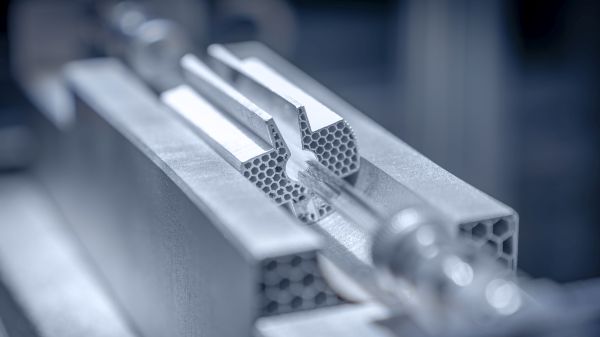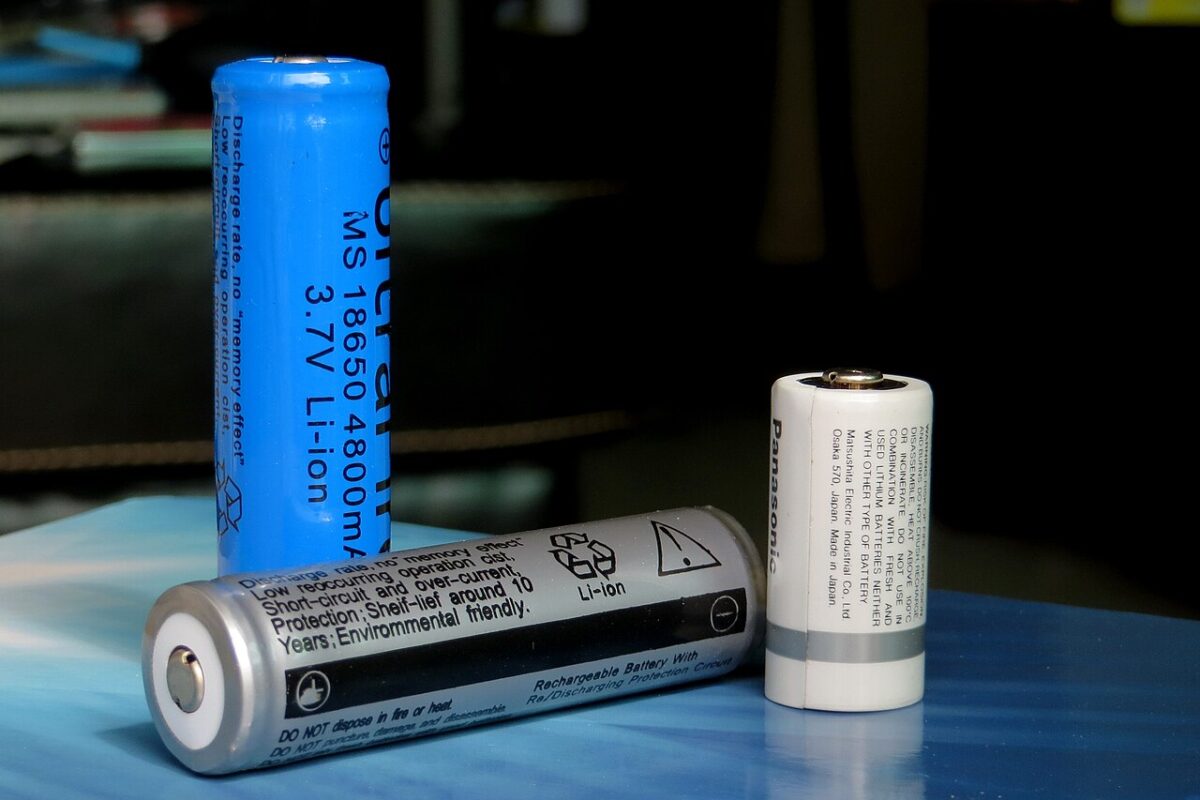A research team led by the Karlsruhe Institute of Technology (KIT) in Germany has developed panel-like photoreactors that use a water-splitting photocatalyst to produce hydrogen on rooftops or dedicated solar farms.
“Various photocatalysts are now known,” said Paul Kant from the Institute for Micro Process Engineering (IMVT) at KIT. “They can be used, for example, to split water into hydrogen and oxygen, or to produce climate-neutral fuels from water and carbon dioxide.”
The proposed systems mimic the photosynthesis process and use a photocatalyst to drive the required chemical reaction for the electrolysis. The photoreactors contain the photocatalyst and the materials for the chemical reaction themselves.
“The design method and base design are applicable to any sunlight-harvesting liquid, gas, or heterogeneous multi-phase photocatalytic system,” the scientists stated. “To ensure comparability with other approaches, however, the design method and the resulting photoreactor are demonstrated experimentally with the established, commercially available, and reliable potassium iron(III) oxalate photocatalytic system.”

Image: Karlsruhe Institute of Technology (KIT)
The photoreactor is made of hundreds of parallel reaction channels, with each of them embedding a V-shaped concentrator and a tube-like cavity. The V-shaped concentrator harvests light from various incident directions and drives it into a tube-like, mirrored cavity, enclosing the reaction volume. “The photoreactor should ideally conduct incoming sunlight to the photocatalyst with little loss, regardless of the direction it is coming from or where the sun is in the sky,” said Kant.
The microstructured polymer panels are coated with aluminum for high reflectivity and, according to the German group, enable both optimal operating conditions and efficient light transport to the photocatalyst over the entire course of the day.
The researchers believe that this system configuration may lead to the manufacturing of low-cost, high-efficiency in the near future.
“Being made from three polymer parts only, all produced via established mass-manufacturing techniques, the material cost of the reactor components is estimated to be in the range of 9.4 $ m2,” they explained. “Including a catalyst worth $1 million per ton, the material cost estimate of the photoreactor system increases to roughly 22 $ m2.”
They presented the novel concept in the study “Low-cost photoreactors for highly photon/energy-efficient solar-driven synthesis,” which was recently published in Joule. The research team includes academics from the University of Toronto in Canada.
“Further optimization of the photoreactor should address the manufacturing of the key components in polymers and the consideration of real-world aspects such as aging of polymers and optical coatings, as well as challenges such as dust accumulation in the rather complicated surface of the photoreactor aperture,” they concluded.
This content is protected by copyright and may not be reused. If you want to cooperate with us and would like to reuse some of our content, please contact: editors@pv-magazine.com.




6 comments
By submitting this form you agree to pv magazine using your data for the purposes of publishing your comment.
Your personal data will only be disclosed or otherwise transmitted to third parties for the purposes of spam filtering or if this is necessary for technical maintenance of the website. Any other transfer to third parties will not take place unless this is justified on the basis of applicable data protection regulations or if pv magazine is legally obliged to do so.
You may revoke this consent at any time with effect for the future, in which case your personal data will be deleted immediately. Otherwise, your data will be deleted if pv magazine has processed your request or the purpose of data storage is fulfilled.
Further information on data privacy can be found in our Data Protection Policy.